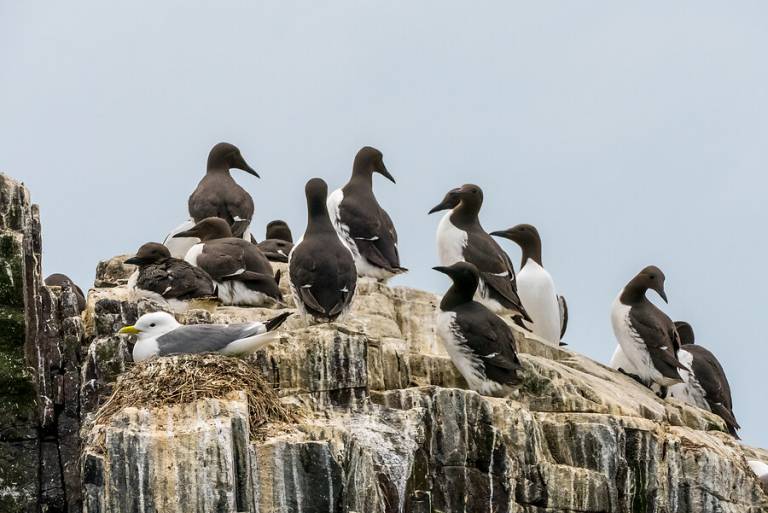We look at the history of citizen science, including early definitions and the three periods in the history of modern science that are relevant to the historical context of citizen science.
Background
According to Caren Cooper, American professor and scholar at North Carolina State University and citizen science advocate, science is not just for professional scientists. There are numerous ways in which everyone can be involved and contribute - Caren Cooper’s view is that science is not just a profession, but it is also a hobby!
In TEDx talk, Citizen Science: Everybody Counts, Caren Cooper asks what the world would be like if science was visible, accessible and happened out in the open. She recognises the extraordinary collective power brought to scientific discovery when people share their data or observations. Citizen science challenges us to rethink how knowledge is made, who makes it and where is happens. It is about the power of crowds in which everyone does their small part instead of having to rely on just one individual.
Citizen science describes a broad range of activities, in which people from all walks of life can participate in projects in meaningful ways. The practice of citizen science differs broadly across activities, technologies, scientific fields, lengths of time, the number of participants, outputs and outcomes.
Read more about the main types and levels of citizen science...
Early definitions of citizen science
The term "citizen science" has multiple origins and differing concepts. It was first defined independently in the mid-1990s by Rick Bonney in the United States and Alan Irwin in the United Kingdom.
Alan Irwin, a British sociologist, defines citizen science as "developing concepts of scientific citizenship which foregrounds the necessity of opening up science and science policy processes to the public". Irwin sought to reclaim two dimensions of the relationship between citizens and science: 1) that science should be responsive to citizens' concerns and needs; and 2) that citizens themselves could produce reliable scientific knowledge.
The American ornithologist Rick Bonney (unaware of Irwin's work) defined “citizen science” as projects in which non-scientists, such as amateur birdwatchers, voluntarily contributed scientific data. This describes a more limited role for citizens in scientific research than Irwin's definition.
The term “citizen science” was added to the Oxford English Dictionary in 2014 as "scientific work undertaken by members of the general public, often in collaboration with or under the direction of professional scientists and scientific institutions”.
History of citizen science
Although there are new types of citizen science activities in development today, citizen science has roots in history.
There are three periods in the history of modern science that are relevant to the historical context of citizen science:
- Modern science started during the 1600s, before the term ‘scientist’ was invented. (Gentle)men and women with means to pursue their interests were ‘citizen scientists’. This was the early, formative period of developing methods and establishing scientific societies.
- Citizen science evolved into what we recognise today during the professionalisation of science in the 1800s, in fields such as biological recording and observations, and in weather monitoring. The requests were minimal due to limitations relating to skills and communication. As automation became possible towards the end of the 20th century, scientists turned to machines, and asked less from volunteers.
- Open science began in the 2000s and includes open access, open data, open source software and sharing methodologies. This is a period in which science is reopening to a wide range of people. In the current state of science and citizen science, citizen science is gaining more recognition in research and policy, as citizen science activities continue to grow.
Social and technological trends are enabling and encouraging the participation of many people in scientific projects, thus enabling modern citizen science. Today, citizen scientists participate in a wide variety of projects covering an array of disciplines. Smartphone apps have made it much easier for people to contribute data.
The first true example of modern citizen science was launched by ornithologist Wells W. Cooke. He reached out to amateur birding enthusiasts to collect information about bird migration. His programme evolved into the government-run North American Bird Phenology Program.
One of the longest-running citizen science projects is the Audubon Society's Christmas Bird Count, which was initiated in 1900. More than 64 million birds are counted each year.

 Close
Close

